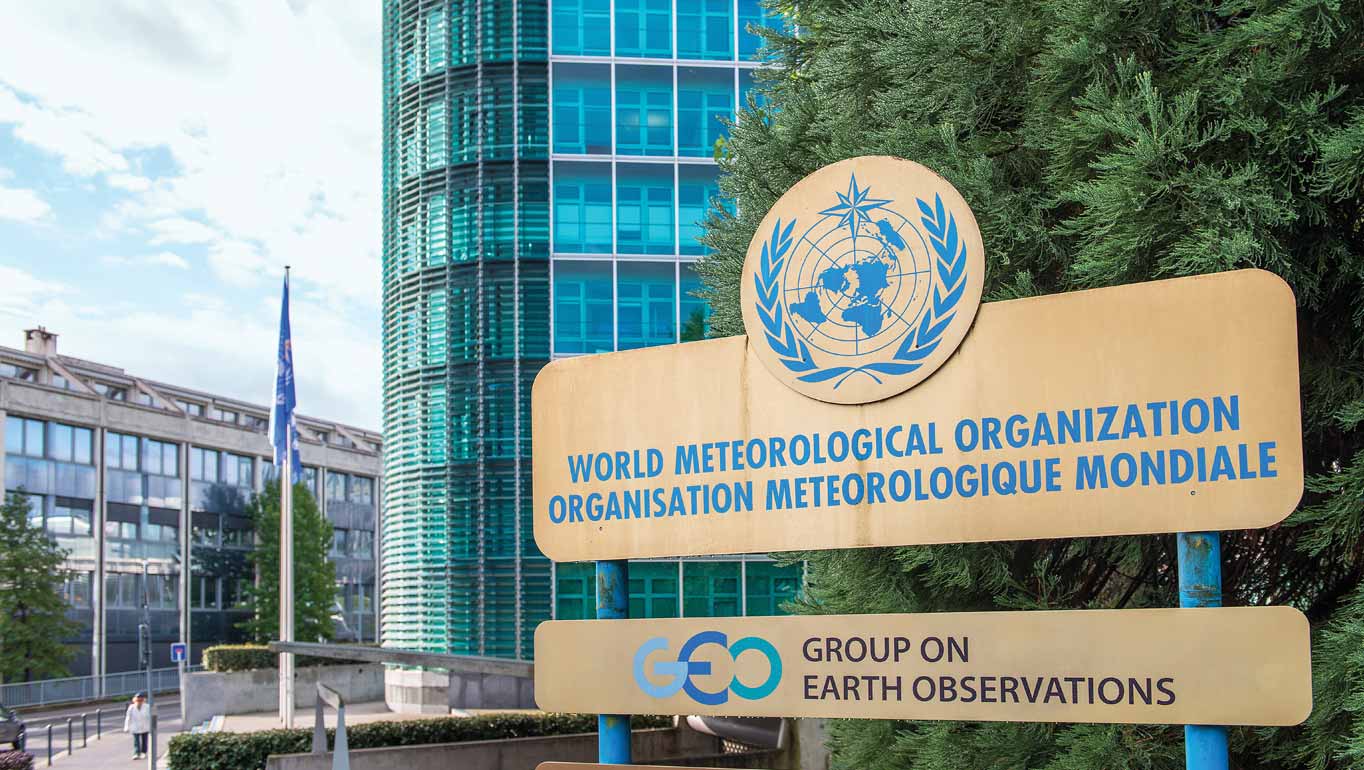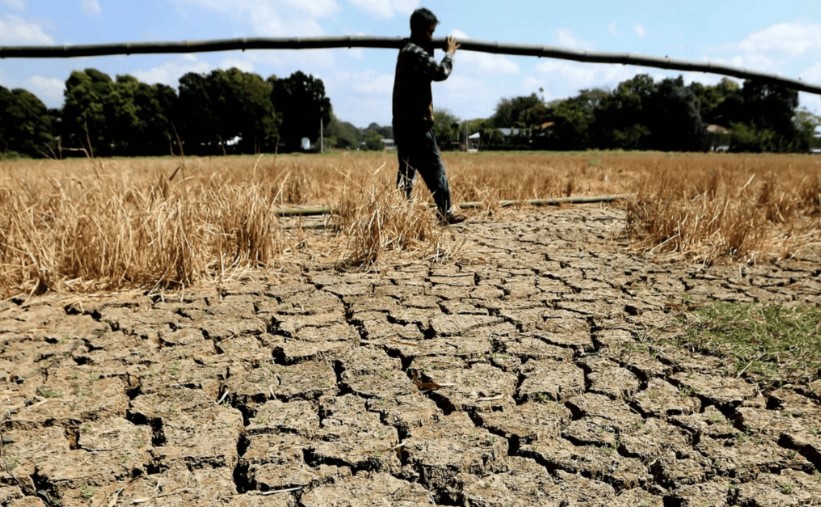El Niño has officially begun, according to the U.N. weather agency, which announced the onset of this major climate event on Tuesday. This phenomenon is expected to drive a rise in global temperatures and more extreme weather conditions.
The World Meteorological Organization (WMO) predicts a 90% chance that El Niño will persist through the latter half of the year, likely at moderate strength.
Petteri Taalas, WMO Secretary-General, emphasized that El Niño will significantly increase the likelihood of record-breaking temperatures and intensified heat worldwide.
He urged global governments to take urgent action to mitigate its impacts on health, ecosystems, and economies.
In early June, the National Oceanic and Atmospheric Administration reported the presence of El Niño conditions, noting that they are anticipated to strengthen as the Northern Hemisphere winter approaches.

This development is also supported by a May report from the WMO and the UK’s Met Office, which projected a 66% chance that the global average near-surface temperature could briefly exceed 1.5 degrees Celsius above pre-industrial levels at least once between 2023 and 2027.
This 1.5°C threshold is a key target established by the 2015 Paris Agreement, aiming to limit severe climate impacts.
Although the agreement focuses on long-term warming trends, Chris Hewitt, WMO Director of Climate Services, views this as a crucial warning that current efforts may not be sufficient to meet the Paris goals.
El Niño, part of the El Niño Southern Oscillation system, involves a periodic warming of sea surface temperatures in the eastern Pacific, occurring every 2 to 7 years.
Its effects typically peak in December, but their global impact can take time to manifest. Given this lag, 2024 might be the first-year global temperatures surpass the 1.5°C threshold. The record warmth of 2016, for example, was influenced by a strong El Niño, highlighting its significant role in global temperature trends.

